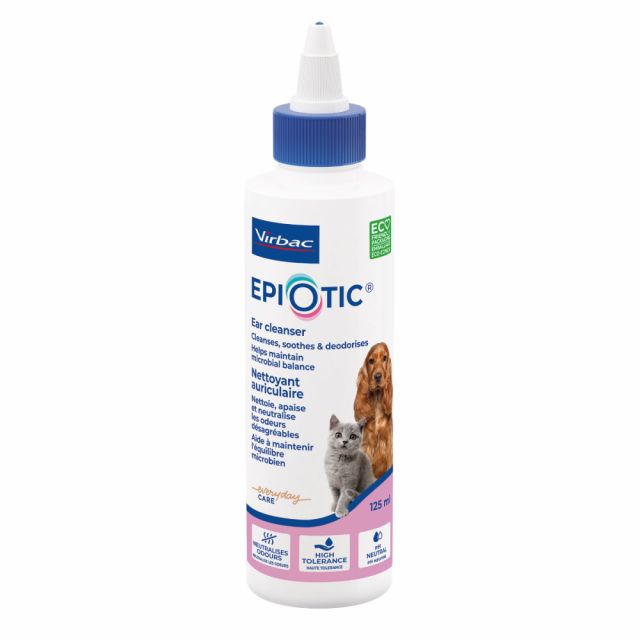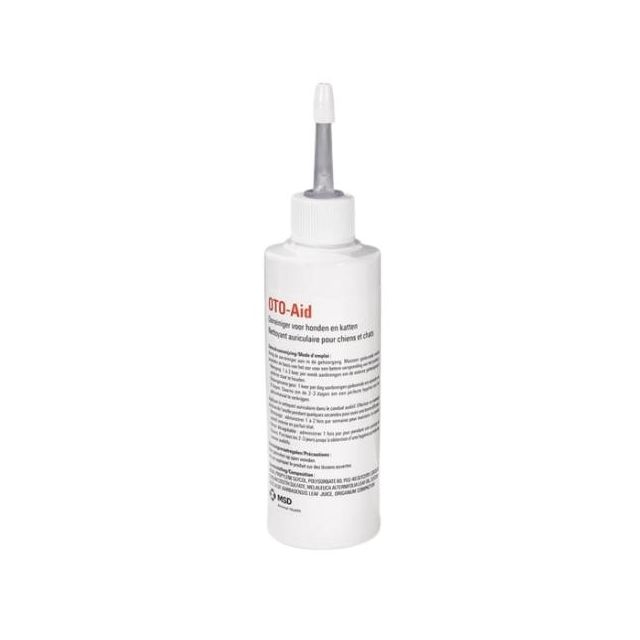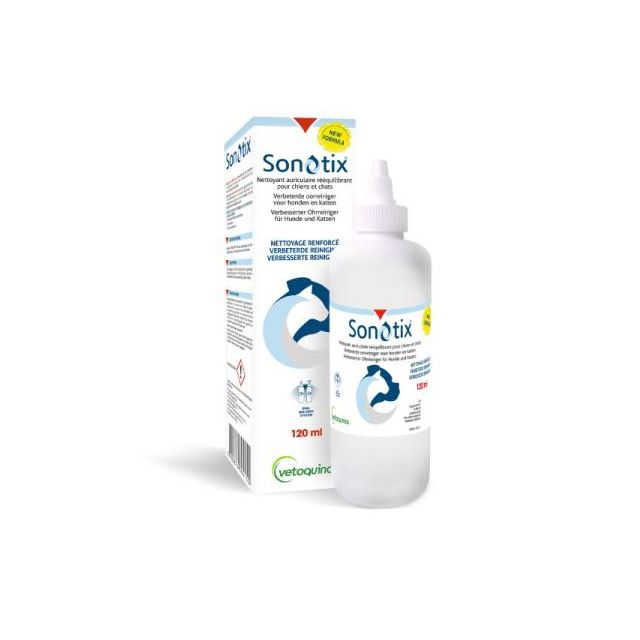Cat ears
Two fluffy triangles: cats use their ears not only for hearing but also for hunting, hiding, and communicating. Anyone who has ever opened a bag of cat treats and seen their cat run from the other side of the house to the kitchen will not be surprised to learn that cats have much better hearing than humans. Fortunately, ear problems and dirty ears are not very common in cats. However, if it does happen, Pharmacy4pets helps you find the right product to take care of your cat's ears as well as possible.
Ear Conditions in Cats
Ear infections are very common in dogs, being one of the most common reasons for a visit to the vet. In cats, ear infections and ear itching do occur, but to a much lesser extent. However, when a cat does have an ear infection, it is often very persistent. This is because the cause of the ear infection is not always easy to find.
Like in dogs, an allergy often underlies an ear infection. While in dogs the infection usually occurs in the outer ear, i.e., the ear canal and pinna, in cats it often lies deeper, in the middle ear, making it much harder to detect! Polyps, benign pedunculated tumors, are not infrequently the cause of an ear infection.
Ear mites are especially seen in kittens, farm, and stray cats. Ear mites are highly contagious and itch terribly. Fortunately, they can be effectively treated with ear ointment Otimectin (only to be used if the eardrum is not damaged, so a vet visit to check this is important!) and/or a spot-on between the shoulder blades.
White cats with blue eyes are often completely deaf. White cats with one blue eye are often deaf in the ear on the side of the blue eye. Not all cats with this combination are deaf, but it is suspected that this is the case in 80% of them.
The ears are also a place where itchiness due to an allergy manifests. If your cat scratches a lot and has wounds on its ears, this may indicate an ear infection, but it may also suffer from fleas, a flea allergy, or itching for other reasons. Bald, scaly spots with or without itchiness on the ears are sometimes seen in a fungal or skin mite infection.
Symptoms of Ear Disorders in Cats
Most symptoms clearly point to an ear problem, while others may mislead you. The main symptoms of ear problems in cats are:
- Scratching or excessively grooming the ears.
- Shaking the head.
- Holding an ear flat or the head tilted.
- Crusts, scales, wounds, or bald spots on the ear flap or the skin around the ear.
- Dirty ears.
- Balance disorders (such as appearing drunk, walking in circles, tilted head, inability to jump).
- Uneven pupils or other asymmetry of the head (such as drooping eyelids, visible third eyelid, deeper set eye).
- Vague symptoms like being listless, eating poorly, withdrawing.
- Not responding to sounds.
Cleaning a Cat's Ears
Normal cat ear canals clean themselves, so cleaning a cat's ear is usually not necessary. The ears should be a bit greasy, which helps trap pathogens. Cleaning the ears too often or using the wrong products can therefore do more harm than good. If your cat really has dirty ears, use a product intended for the ear canal to avoid irritation. Safe ear cleaners include Epi-Otic ear cleaner and Monoclean. Ear cleaners should only be used with an intact eardrum.
For mild redness of the ear flap or ear canal, Dermiel ear drops, based on honey, can have a soothing effect. Cats' ears are extremely sensitive to even the softest sounds. Fortunately, ear problems in cats are not very common. However, when they do occur, they are often quite persistent and it is important to contact your vet. Pharmacy4pets helps you keep your cat's ears clean and healthy. If you have a question about our products or your cat's ears, please contact us.</














